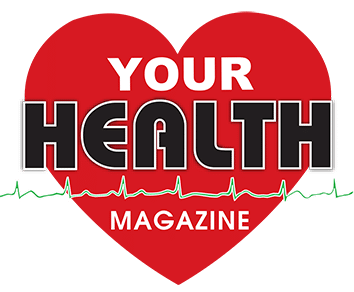
Virginia Center For Health Integration
282 North Washington Street
Falls Church, VA 22046

Singing the Sugar Blues
By Susan Macey, CHC, CDP
Virginia Center For Health Integration
More Complementary & Integrative Healthcare Articles
Singing the Sugar Blues
The average American consumes about 150 pounds of sugar a year. How bad can sugar really be for you?
In the early 1930s a German scientist, Dr. Otto Warburg, discovered that cancer cells use glucose as fuel. Very few cancers can survive without glucose. Scientists did a study at John Hopkins University with 3,000 adults, and found that those individuals who had a glucose intolerance quadrupled their risk for cancer. Because cancer is an inflammatory disease, research suggests that some cancers can be avoided by proper nutrition.
Sugar causes the blood sugar levels to rise sharply and then fall. When blood sugar rises we feel energized and ready to go, however this energized state does not last long before the crash. The constant up and down creates stress on the body and puts a great deal of stress on the pancreas and adrenals.
Sugar enhances the flavor of foods and is common as a food additive. Studies show that highly palatable foods trigger biochemical cravings for more. Sugars also inhibit the hormone leptin. Leptin is the hormone that goes to the brain to signal you are full, when inhibited it can cause someone to over eat.
Our bodies are made to accept foods that are wholesome, rich in minerals and vitamins. There are no natural enzymes or minerals in refined sugar, so the body borrows from the bones, and tissue to create enzymes. It robs the body of stored nutrients to compensate for the effects of refined sugars or sugar substitutes, as well as processed foods. The depleting of nutrients results in the bodys inability to get rid of toxins causing inflammation.
Some foods contain sugar as an ingredient, such as cookies, cakes, muffins; other foods convert to sugar in the body, such as pasta and potatoes. However, other foods also contain ingredients that you may not recognize as sugar. These are called the hidden sugars and may not appear on the label as sugar. These sugars include high fructose corn syrup, dextrose, fructose, malt syrup, ethyl malto, and maltodextrin to name a few. Becoming a label reader is the first step to getting sugar out of your diet.
A helpful tip when reading labels is to note the serving size, often a serving of cereal is 1/2-3/4 of a cup, and may contain eight grams of sugar, which equals two teaspoons of sugar per serving.
Working to get sugar out of your diet takes persistence. Start slowly, change out some of your favorite foods like enriched pasta for brown rice pasta; white bread for whole wheat roll ups; processed deli meats for left over dinner meats; white rice for brown or wild rice; and reduce the over all amount of sugary foods you consume. If you have been diagnosed with cancer it is important that you not consume sugar at all. Once the sugar is out of your diet, your cravings for it will be reduced if not eliminated.

















